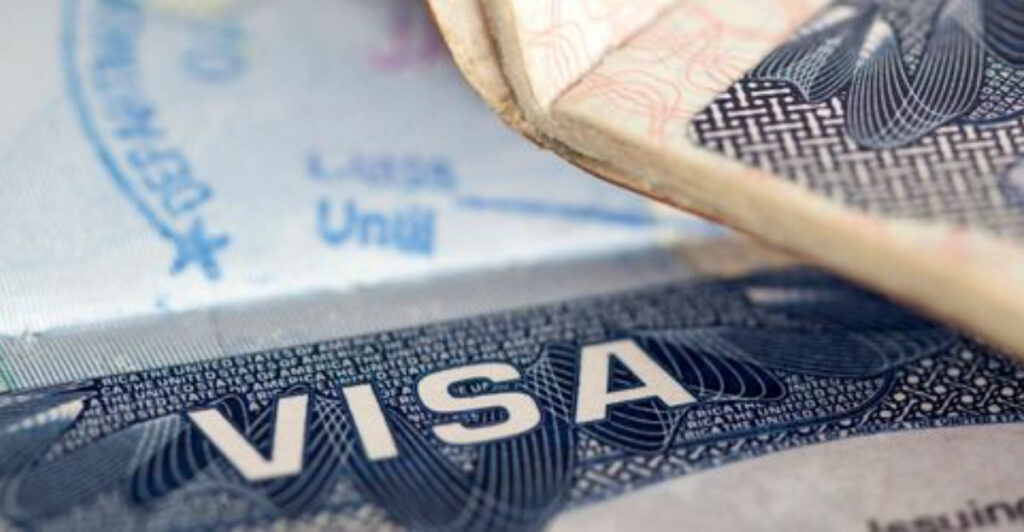A major change is coming for international travelers headed to the United States. Starting October 2025, most people applying for non-immigrant visas will face a new $250 ‘Visa Integrity Fee’ on top of regular application costs. This extra charge affects tourists, students, and temporary workers, creating both financial hurdles and compliance incentives for millions of visitors each year.
The $250 Visa Deposit Everyone’s Talking About

Money talks, especially at borders. The newly signed legislation creates a significant financial checkpoint for almost anyone seeking temporary entry to the United States. This $250 fee represents a dramatic shift in U.S. immigration policy, functioning essentially as a compliance deposit that visitors might—emphasis on might—get back someday.
Consider what this means for a family of four from India planning their dream Disney vacation. They’ll now need to budget an extra $1,000 just for these integrity fees, beyond airfare, accommodations, and standard visa costs already approaching $740 for the family. For international students from developing nations, this additional $250 could equal a month’s living expenses back home.
The fee targets specific visa categories while creating notable exceptions. If you’re applying for tourist visas (B-1/B-2), student visas (F-1, J-1), or work permits like H-1B, L-1, or O-1, you’ll face this charge. However, travelers from Visa Waiver Program countries—including the UK, Japan, and many European nations—dodge this bullet entirely, though they’ll still see increases in their ESTA application fees.
What happens to all this money? The Congressional Budget Office projects nearly $29 billion in revenue through 2034. These funds will supposedly strengthen border security and immigration enforcement systems, though critics question whether deterring legitimate visitors serves America’s interests.
Getting your money back requires perfect compliance. You must follow every visa rule, leave on time (or within a five-day grace period), and formally request your refund after your visa expires. For many holding multi-year visas, this means waiting years to reclaim their $250—if the refund system even works smoothly by then.
Travel industry leaders have voiced strong opposition. The U.S. Travel Association warns this fee could damage tourism, especially with major international events like the 2026 World Cup and 2028 Olympics on the horizon. States heavily dependent on international visitors—Florida, California, and New York—may feel economic ripples if global travelers decide America has become too expensive or unwelcoming.
Implementation details remain fuzzy. While the Department of Homeland Security and State Department must coordinate collection procedures, travelers applying in late 2025 should prepare for this additional expense. The fee amount may also increase yearly with inflation, potentially growing more burdensome over time.



